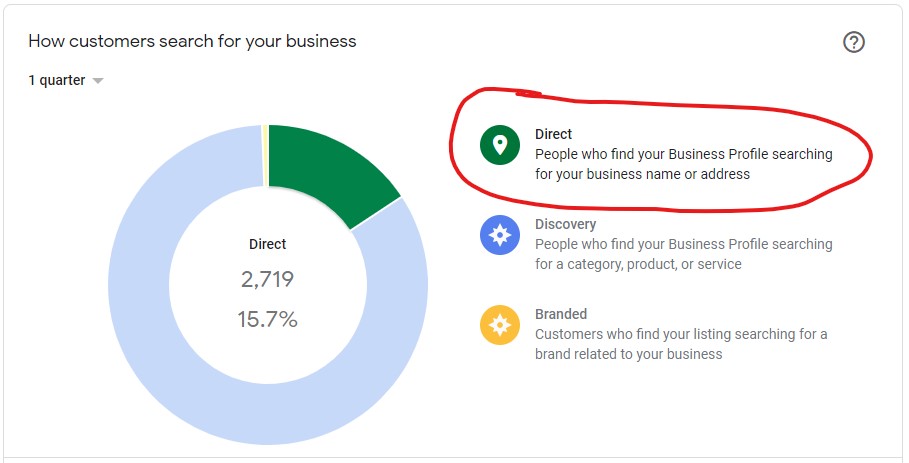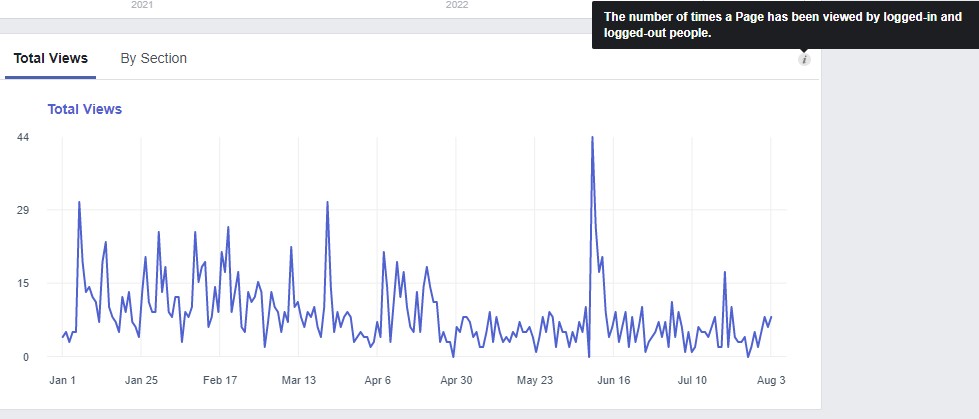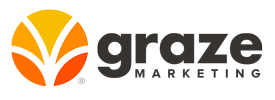Whether you’re running a traditional ad campaign via TV, Billboard or Print Media, or you’re doing a huge “awareness” push via digital display and social ads, understanding what metrics to track to determine success of the campaign is critical. While you’ll have some directional understanding of reach and visibility for your campaign, how that impacts your bottom line may be more challenging to see.
The reason this can be so difficult is because today’s purchase process is extremely complex. People often bounce between both online and offline media when determining what business or product is right for their particular needs. For this reason, if you’re running any campaign with the general objective of visibility and awareness then you’ll need to know which data points to track to understand the results of the campaign.
In order to help understand why digital metrics matter in this scenario, it requires an understanding of just how much impact the Internet has on the purchase process.
According to some estimates, roughly 80% of people research online and buy offline and that figure could be higher or lower depending on your industry or product.
Whether that is looking at websites or online reviews or social media, the digital ecosystem is helping people make informed purchase decisions.
In our view, there are some key digital data points that can be instrumental in this scenario. The objective shouldn’t be some broad metric around reach or visibility, but the quality of that reach. Here are the metrics we think are best at highlighting the value of the brand lift you receive from a particular campaign.
Local Brand Visibility – Source: Google My Business

This is most relevant for a business with a local presence or storefront. Your Google My Business (GMB) profile offers some really interesting data as it relates to your brand’s search activity in Google’s “local” search results. On desktop when someone searches for your business by name, the GMB profile would show up on the right-hand side of the search results and at the very top of the results on mobile. When someone searches your business by name, this is an extremely high-intent searcher and if you’re running brand awareness campaigns or media strategies at the local level, seeing an increase in this activity is a great way to track brand lift.
Organic Brand Search – Source: Google Search Console
Similar to the GMB data above, you can also see how much growth you are seeing in searches for your business in the organic results of the search engines results page (SERP). Google Search Console shows you valuable data around how often you show up for a particular search query. You can also sort the results based on keywords that include specific phrases or terms in order to capture your brand search activity as well as variations of it. Once again, seeing an increase in impressions and/or clicks as a result of campaign you’re running is a great way to track the value of your campaign.
Pageviews – Facebook

While not necessarily relevant for all businesses, given Facebook’s user size and diversity of audience, Facebook pageviews are another great metric in understanding how much digital brand lift you are getting from an awareness campaign you’re running. In many cases business feature social links on their websites, social URLs on print assets, etc. People often check social media when considering working with a business and Facebook offers some great insights from this data. Other channels offer similar metrics and its important to seek those out on whatever channel your target audience is using to engage with your business on social media.
Website Metrics – Source: Google Analytics
When you set up your Google Analytics correctly on your website, you are granted access to some really powerful metrics. Also, in many cases these brand lift campaigns focus on driving website traffic since it is the only platform where a business can control the user’s experience and messaging. For this reason, here are a handful of metrics to keep an eye on while your awareness campaign runs:
Unique Pageviews: This metric helps you see how many unique individuals visited your site in a given time frame. An increase here suggests your campaign is bring people to your site effectively.
Average Time On Page: If you see an increase in the amount of time your users spend on your site, you can imagine they are really considering your business or product more seriously than normal. If you see an increase here, you can estimate that your audience targeting on your awareness campaign is relevant and you’re reaching the right people. The opposite would be true as well – if you’re targeting was done poorly, you would see a decline in time on page because people don’t see your business or product as relevant to them.
Conversion Actions: Form fills, phone calls, emails, sign ups, transactions, etc. Whatever your key metrics are, these actions are the ones that impact your company’s bottom line. While awareness campaigns are built to drive reach and visibility, a well-constructed campaign with ideal targeting can result in more leads or sales.
BONUS: Store Traffic – Source: Google My Business & In-Store Metrics
Again, while most relevant for a business that has a local office or storefront where business is conducted, your awareness campaign can also result in more local foot traffic to your store. One easy way to see lifts in this activity is to look at GMB “direction request” actions. However, the best metric here is to simply count door swings both before and during your campaign.
Wrapping it Up
Businesses have a plethora of data sets to explore online, however sifting through this data to identify valuable insights can be overwhelming. It is critical to focus on the metrics that actually matter to your business and how they increased or decreased during the running of a campaign whether that campaign was online or offline or both. Keep in mind, you will need to have a baseline to compare these results to, so if you’re planning to run a fresh campaign, make sure to take a look at any historical data you have access to. This will help you understand if your campaign was a success or waste of money.

